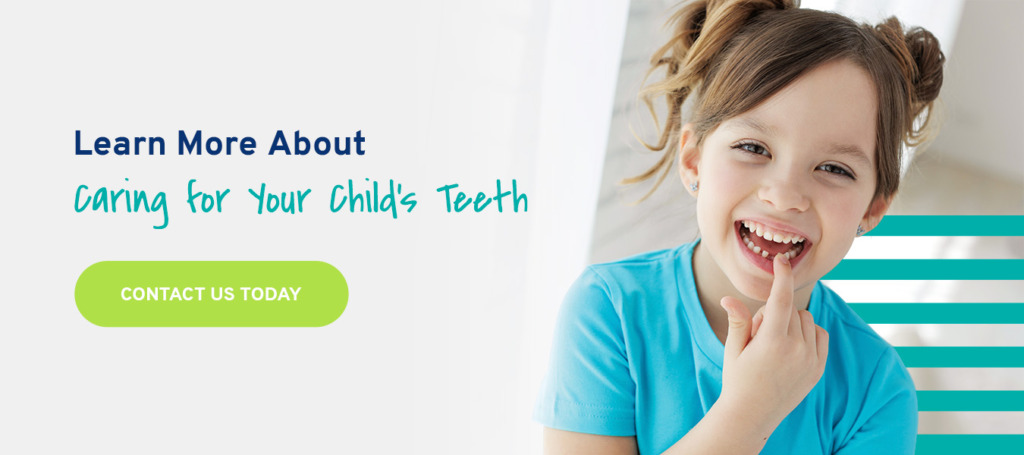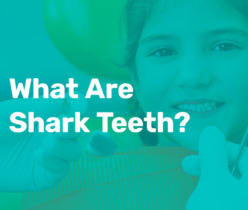Navigating wiggling baby teeth? As a parent or caregiver, understanding the ins and outs of this phase is crucial to ensure your child is as comfortable as possible and make this process hassle-free.
When will baby teeth fall out? Is losing baby teeth late an issue? In this guide, we answer your questions and cover everything you need to know.
How to Wiggle Baby Teeth
Baby or primary teeth usually begin to loosen around age 6. It’s nature’s way of paving the path for permanent teeth. When this happens, knowing how to wiggle a tooth out properly is vital so that you can minimize your child’s discomfort and protect their health.
Children will eventually lose all their baby teeth — often 20 altogether — but this process occurs one tooth at a time, usually starting with the front teeth. Some kids wiggle their loose teeth with their tongues. Others might use clean fingers. There are many ways to wiggle baby teeth, but maintaining safety and hygiene is vital regardless of how you go about it.
How to Pull a Loose Tooth
While baby teeth loosen for various reasons, the main cause is when the replacement adult tooth is coming in. Learning how to pull a loose baby tooth out safely is essential to prevent issues like shark teeth and crowding, and we can walk you through tried-and-true methods and proactive care.
In addition, regular check-ups can help you track tooth eruption and loss and safeguard your child’s teeth with services like dental sealants and digital dental X-rays.
How to Get a Stubborn Baby Tooth Out
Sometimes, a tooth may seem ready to say goodbye, but it won’t budge. While these teeth will often come out on their own, there are several issues that can arise when they stay in your child’s mouth for longer than they should. We cover various ways to resolve this issue, from giving your child foods that aid tooth wiggling to visiting a pediatric dentist.
In the process, oral care is still vital for your child’s loose teeth. Gentle brushing and saltwater rinses can help, and you may want to consider natural remedies like cold compresses if your child experiences pain or swelling. In more severe cases, consult a pediatric dentist to ask about child-safe pain relievers.
Learn More About Caring for Your Child’s Teeth
At Sprout Pediatric Dentistry & Orthodontics, we guide you and your child through each step of the dental journey and help ensure they maintain a bright, healthy smile. If your child is starting to lose their baby teeth, we can assist you. Our team specializes in caring for children’s teeth, so we know the best ways to take care of wiggly teeth and ensure top-notch oral health.
Want to learn more or schedule a dentist appointment for your child? You can contact Sprout Pediatric Dentistry & Orthodontics today!


Dr. Dana grew up in Portland and went to Temple University in Philadelphia, PA for dental school. She then moved to Anchorage, AK for her residency in Pediatric Dentistry. Dr. Dana takes a holistic approach to pediatric dentistry & is able to use her own parenting experience to sympathize and understand each family’s unique dynamic.



